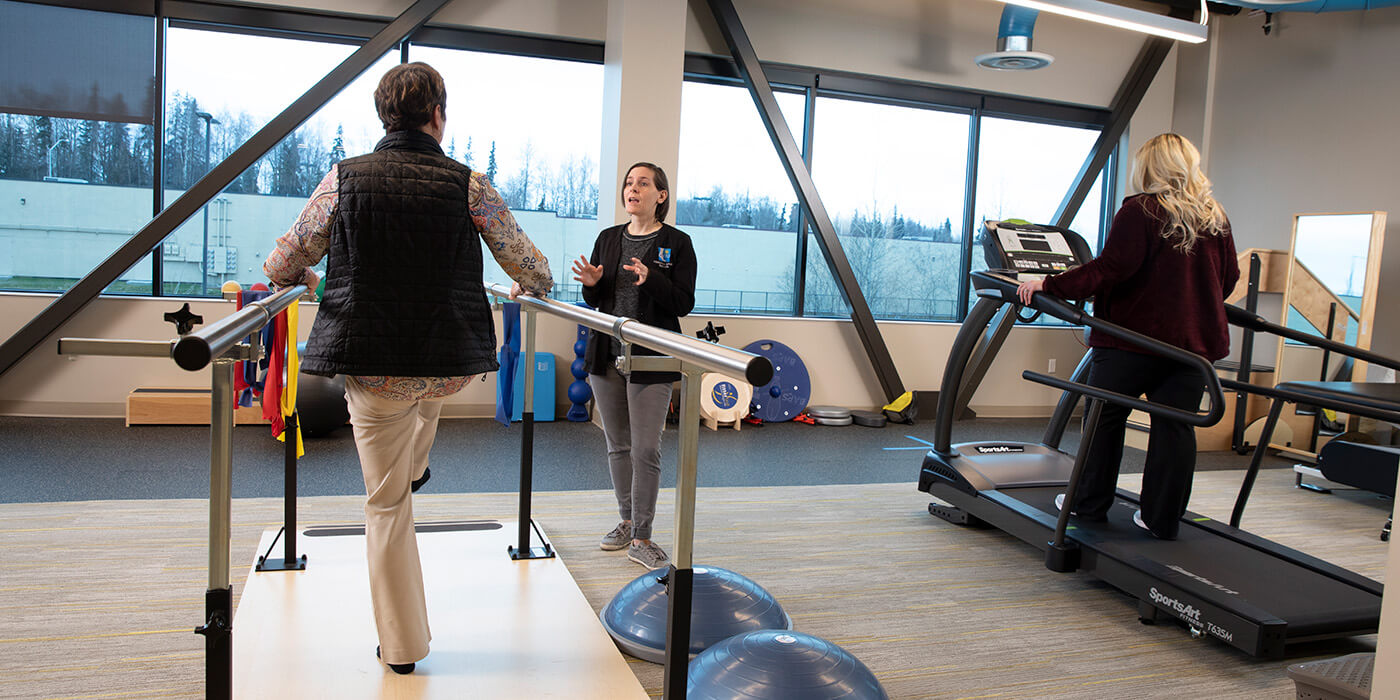
Athlete’s Foot
Athlete’s foot is a skin infection caused by fungus. A fungal infection may occur on any part of the body; on the foot, it is called “athlete’s foot.” The medical term for it is “tinea pedis.” Fungus commonly attacks the foot because it thrives in a dark, moist, warm environment, such as a shoe.
Fungal infections are more common in warm weather, when feet tend to sweat more. Fungus thrives in damp areas, such as swimming pools, showers and locker rooms. Athletes often have sweaty feet and use the facilities where fungus is commonly found, thus the term “athlete’s foot.”
Athlete’s foot usually produces itchy, dry, scaling skin. It is commonly seen on the soles of the feet and between the toes. In advanced cases, inflammation, cracks and blisters may form; an infection caused by bacteria can also result. The fungus can spread to other areas of the body, including toenails and groin.
You can limit your chances of getting athlete’s foot by avoiding walking barefoot combined with good foot hygiene. Feet should be washed every day with soap and water and thoroughly dried, including between the toes. Feet should be kept as dry as possible. If your feet sweat a lot, you may need to change your socks during the day.

